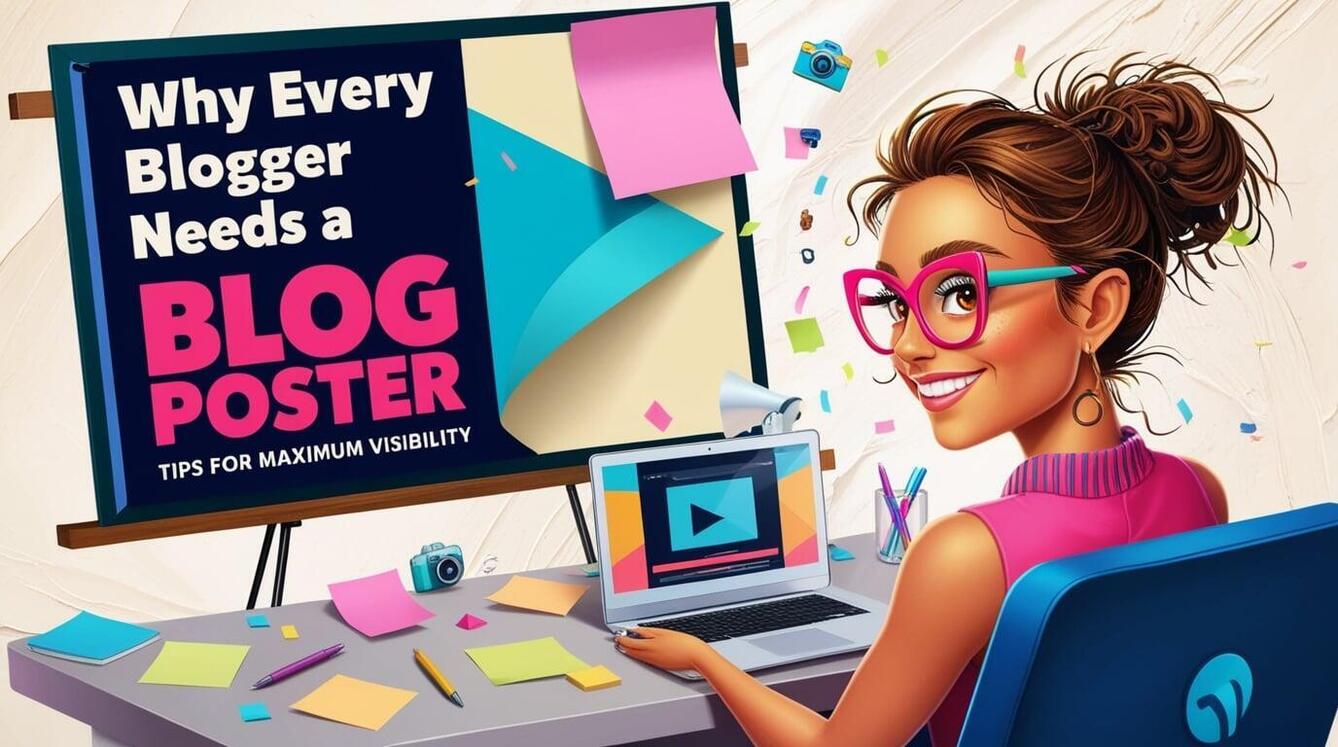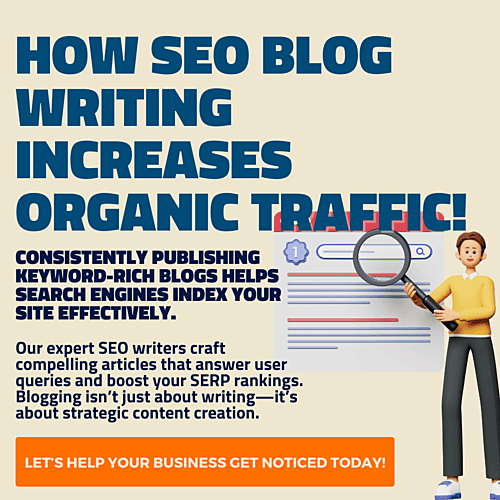Introduction
In today's digital landscape, standing out as a blogger requires more than just well-written content. A blog poster is an essential tool that enhances your blog’s visibility, improves engagement, and strengthens branding. But what exactly is a blog poster, and why is it crucial for every blogger? In this article, we will explore the benefits of blog posters, their impact on SEO, and expert tips for maximizing their effectiveness.

What Is a Blog Poster?
A blog poster is a visually appealing image or graphic designed to accompany a blog post. It serves as a promotional tool that captures attention on social media, enhances readability, and encourages shares. Whether used on Pinterest, Instagram, or Facebook, blog posters are an effective way to attract more visitors to your website.
Why Every Blogger Needs a Blog Poster
1. Boosts Blog Visibility
Search engines prioritize content that is engaging and widely shared. A well-designed blog poster can increase your blog’s reach by encouraging more social shares and interactions.
2. Enhances SEO Performance
Using optimized images in your blog posters improves on-page SEO. By adding relevant alt text and file names, you enhance your chances of ranking higher in Google Image Search.
3. Increases Social Media Engagement
A blog poster acts as a visual hook that entices users to click and read your content. Platforms like Pinterest and Instagram thrive on visually compelling content, making blog posters a must-have for bloggers.
4. Strengthens Brand Identity
Consistently using well-designed blog posters with your brand’s color scheme, logo, and typography helps create a recognizable and professional online presence.
5. Encourages More Clicks and Shares
Studies show that visual content gets 94% more views than text-only posts. A striking blog poster makes your content more appealing and shareable.
How to Create an Effective Blog Poster
1. Use High-Quality Images
Avoid blurry or low-resolution images. Use tools like Canva, Adobe Spark, or Photoshop to create crisp, professional designs.
2. Optimize for SEO
Name the image file using the focus keyword (e.g., "blog-poster-tips.jpg").
Add alt text: "A well-designed blog poster for increased blog visibility."
Compress images for faster loading speeds.
3. Keep It Simple and Readable
Use bold fonts and minimal text to ensure readability, even on small screens.
4. Include a Call-to-Action (CTA)
Encourage users to "Read More," "Download Now," or "Share This Post."
5. Maintain Brand Consistency
Stick to a uniform color palette and font style to strengthen brand recall.
Best Platforms to Promote Your Blog Poster
1. Pinterest
As a highly visual platform, Pinterest is ideal for sharing blog posters. Create engaging pins that link directly to your blog post.
2. Instagram
Use Instagram Stories and Reels to showcase your blog poster and drive traffic.
3. Facebook
Post your blog poster in relevant groups and pages to maximize exposure.
4. Twitter
A catchy blog poster with a short, compelling caption can drive clicks and retweets.
5. LinkedIn
For professional blogs, sharing your blog poster on LinkedIn can boost credibility and reach.
Common Blog Poster Mistakes to Avoid
1. Overloading with Text
Keep your message short and impactful.
2. Using Poor Quality Images
Blurry visuals diminish credibility and engagement.
3. Ignoring Mobile Optimization
Ensure your blog poster looks great on all devices.
4. Failing to Add Alt Text
Alt text helps search engines understand your image, improving SEO.
5. Skipping Brand Elements
Always include your blog’s logo, website URL, or watermark.
Conclusion
A well-crafted blog poster is more than just an aesthetic addition to your blog—it is a powerful tool for boosting visibility, engagement, and SEO performance. By implementing the tips in this guide, you can create compelling blog posters that drive more traffic and enhance your online presence. Start leveraging the power of blog posters today and watch your blogging success soar!


